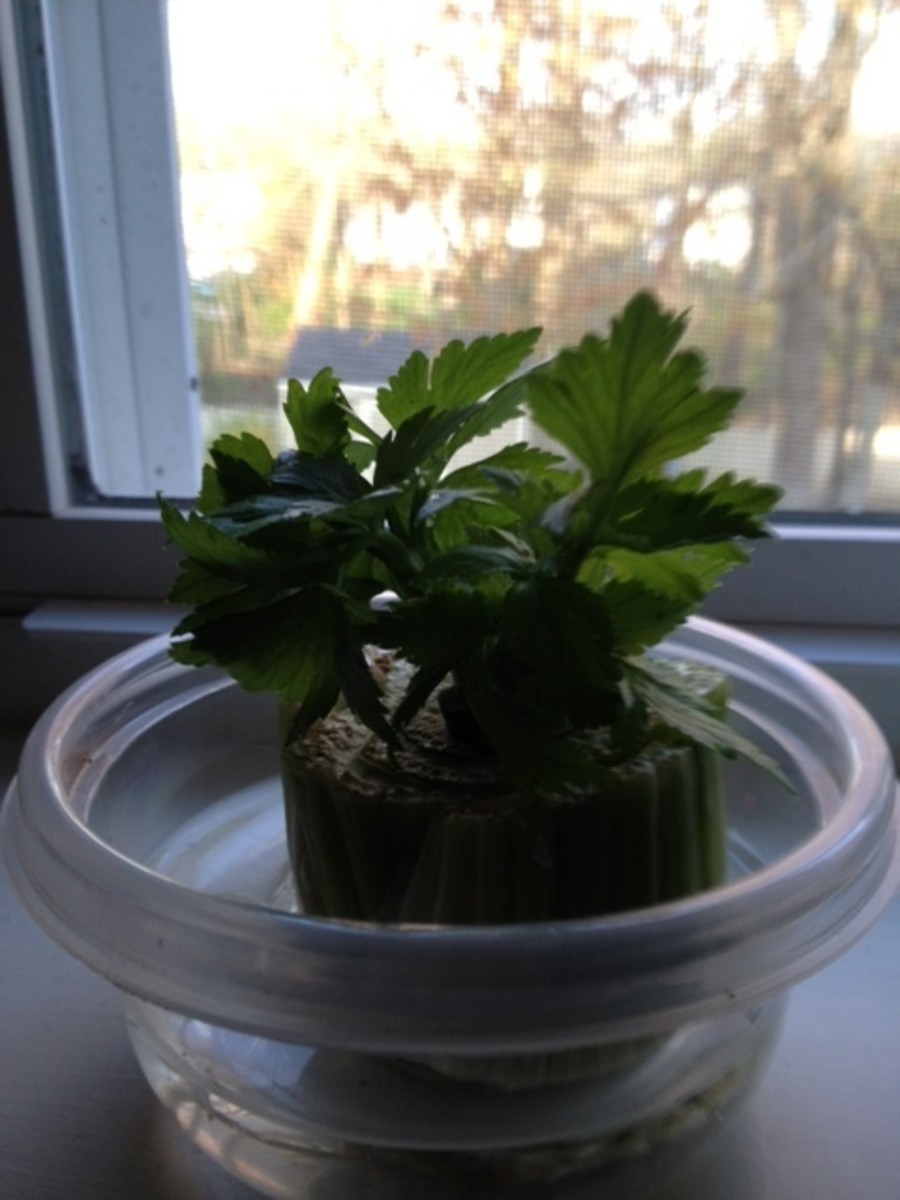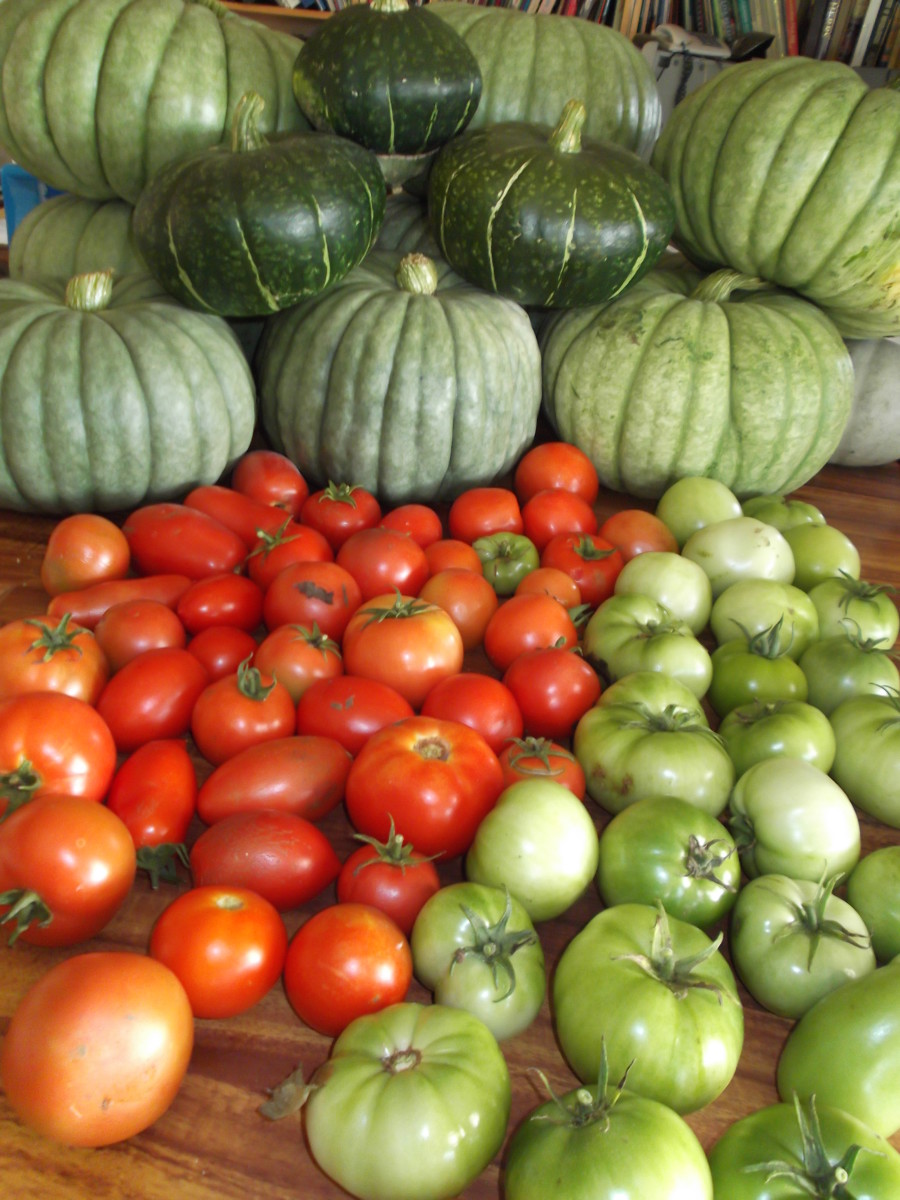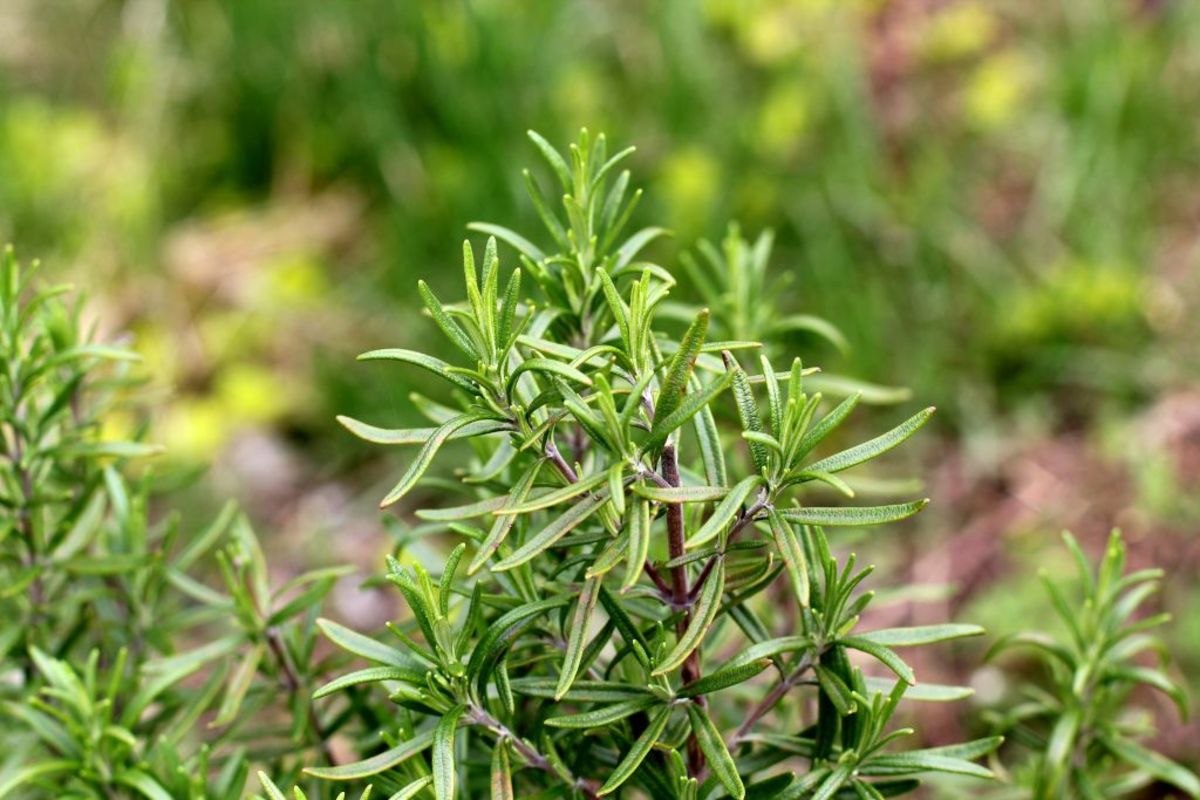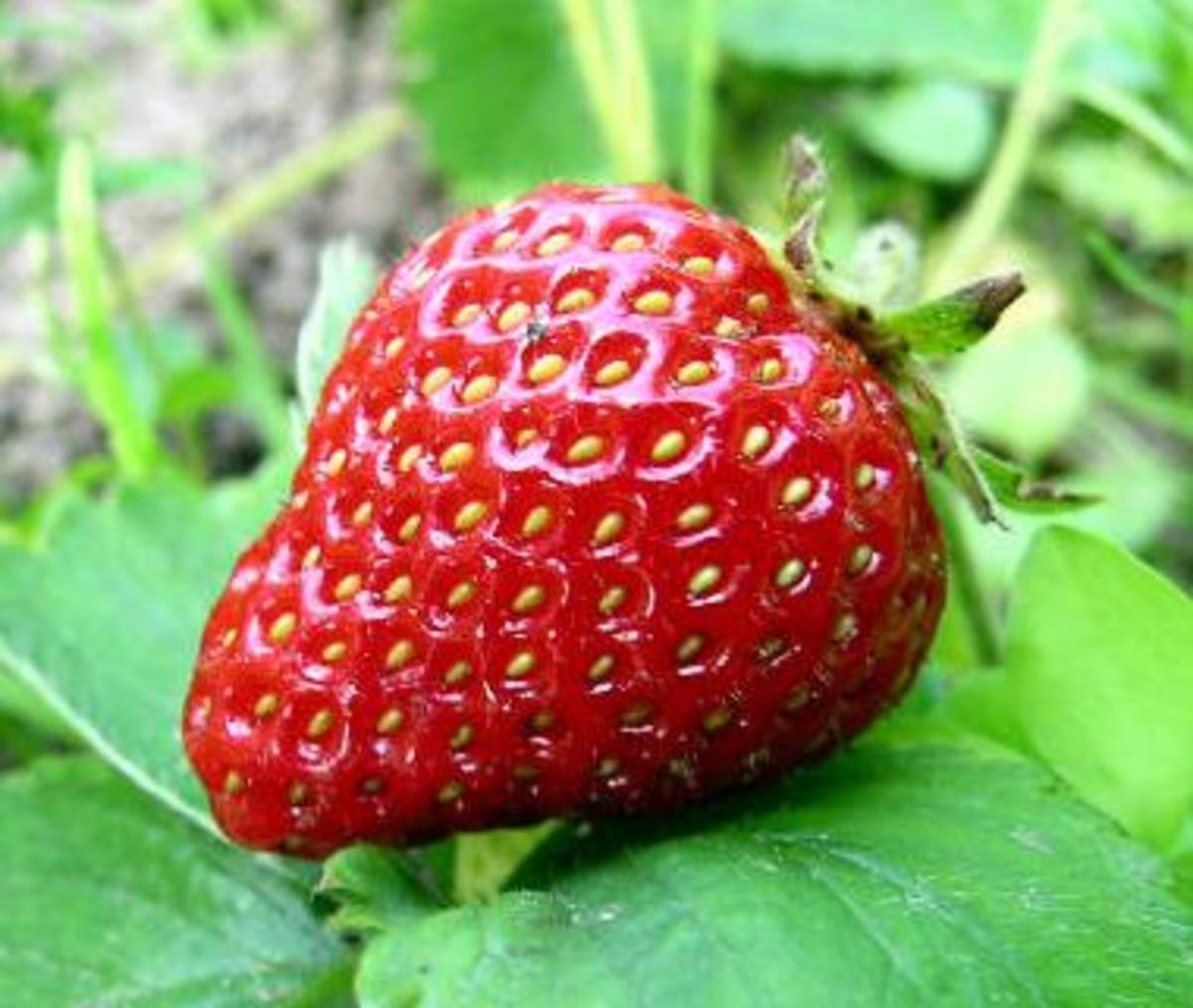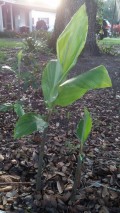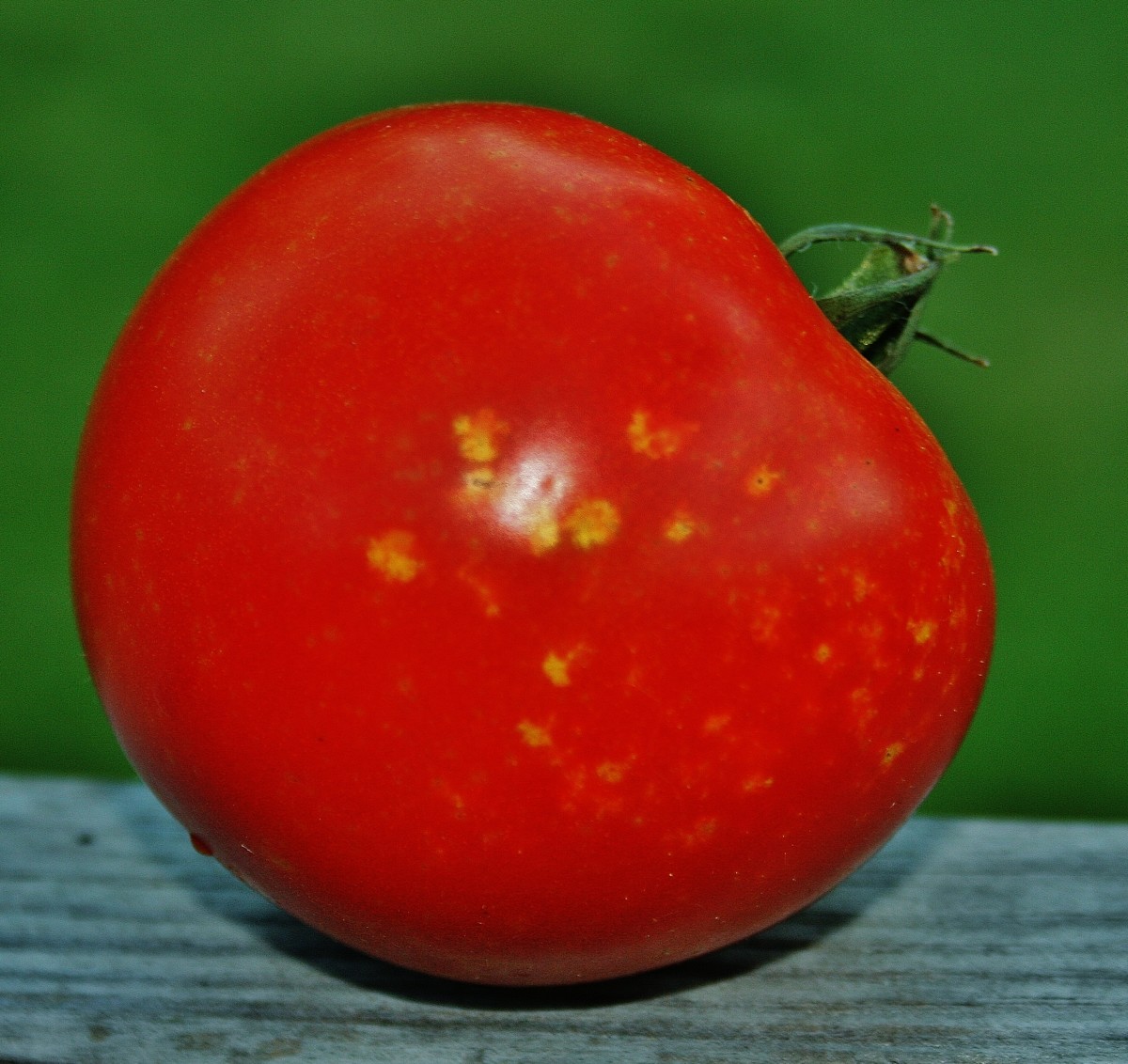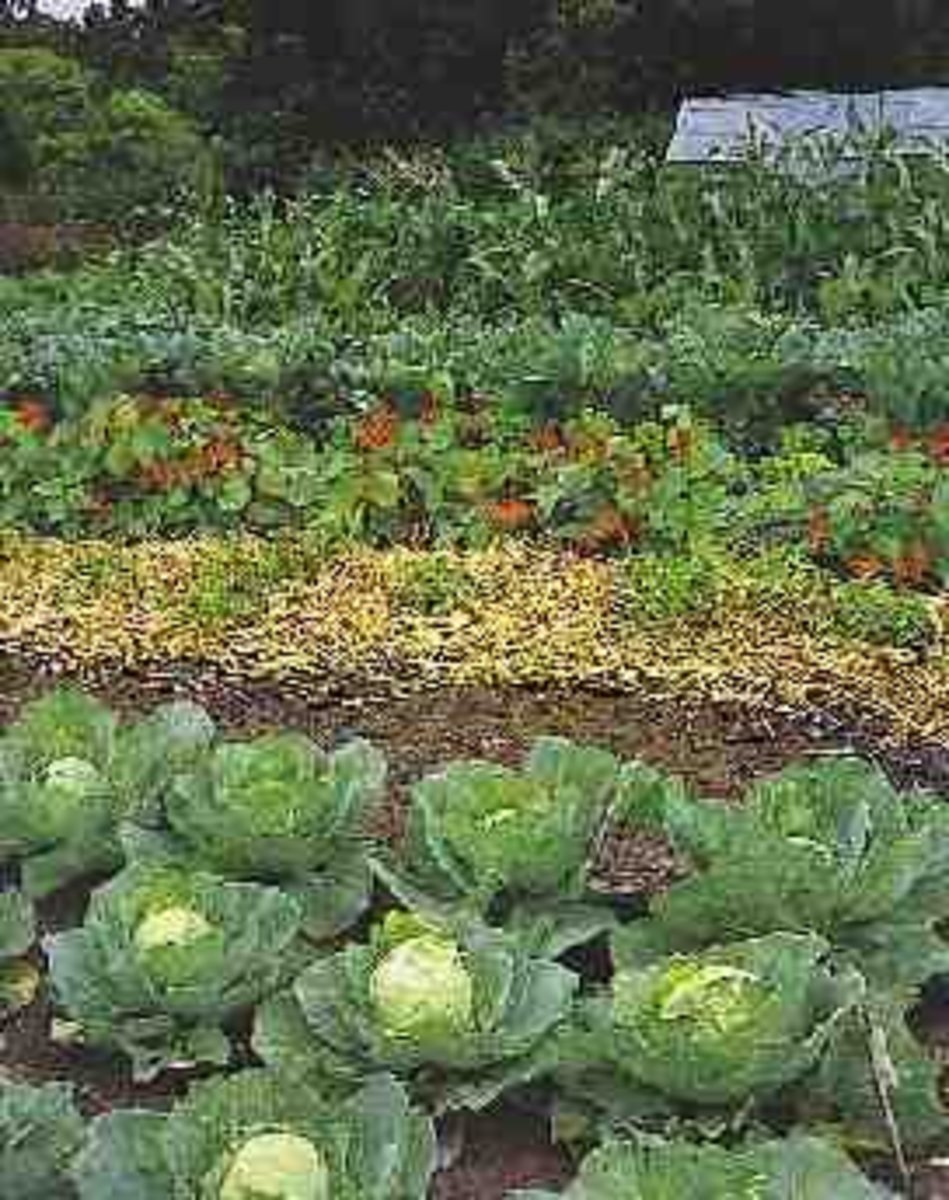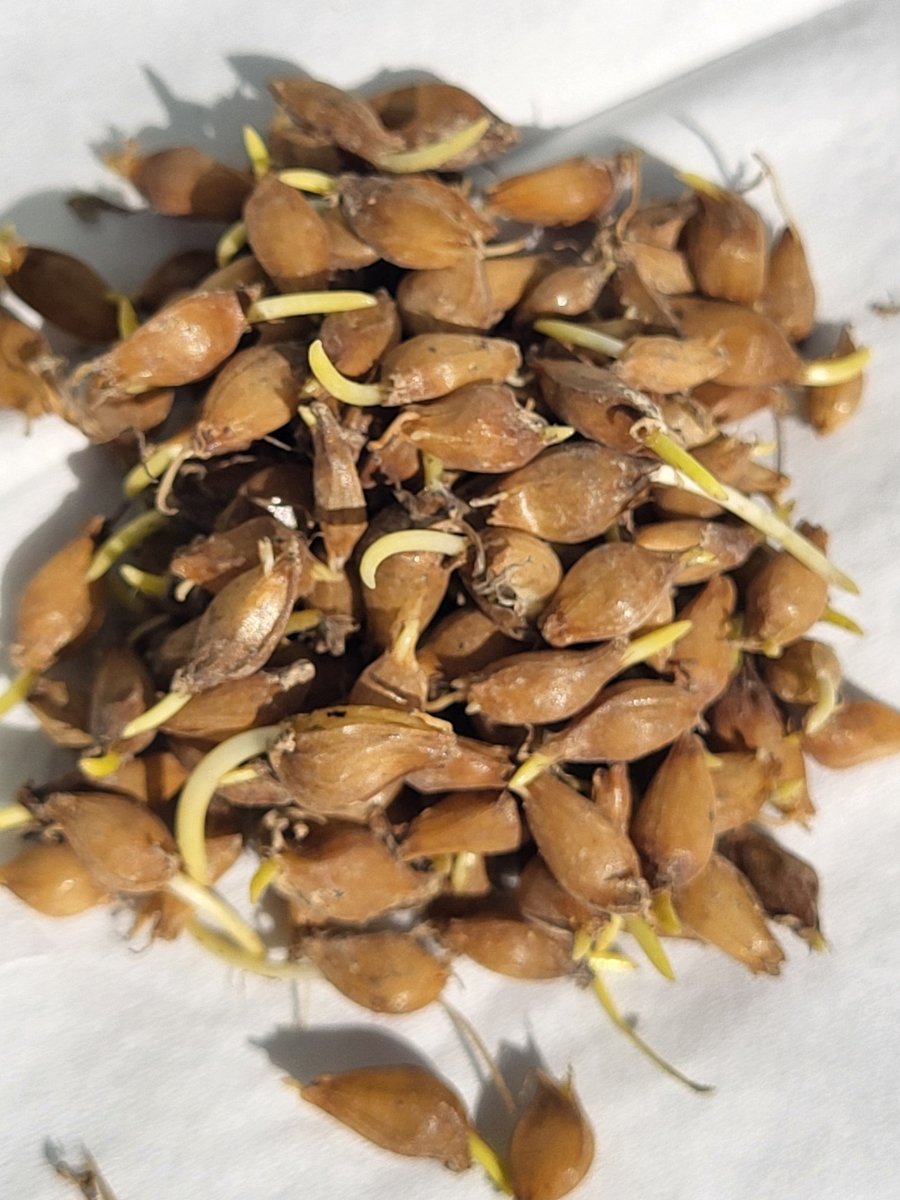Growing Herbs,Spices &Edibles
In the preparation of my fall herb and vegetable garden I began to think. I occasionally teach a class on the care of herbs in the autumn ( mostly for the survival of some that would not so much freeze as rot). I live in San Diego County(Linda Vista area) so frosts happen but are not prolonged or lethal. Anyway I began to think, what if I could give a coherent written account of the preparations to a larger audience?
At this time of year ( mid August) I tend to be harvesting my heat loving herbs and vegetables, as well as collecting chopped up grass and non- diseased leaf prunings to add as mulch for my tropical herbs. My vegetables are still working, not as triumphantly as they were a few monthes ago, but still hard enough to warrant a good feeding. (P.S. I encourage organic feeding; compost, wormcastings etc. but lower yield chemical fertilizers (5-5-5 for example) are still being used up.
So while I keep my summer veggies warm and well fed, I take up my trowel and hand cultivator (the three pronged thingie as my friends call it) and heap soil around gingers, chinese and thai; add a layer of mini bark to my tamarind, curry leaf tree and patchouli plant; and give the stevia, lemon verbena, mexican oregano, piper sanctum (can't remember common name spelling) and coffee plant a thick layer of rich compost and cottonseedmeal, as an acidifier.
In two weeks the last feeding of thymes, rosemaries, lavenders and sages should be done. These go partially dormant and require no food and little water once the temperature drops. The annual basils should be allowed to go to seed soon,as the first night under 60 degrees starts chilling them to death. Perrennial basils will still grow throught the winter albeit at a slower rate and will only be killed by a lengthy cold snap. These also should be given thier last feeding. Many of the deciduous plants will begin to decline. Plants like tarragon, anise hyssop, ginkgo, some mints and tropical herbs may die to the ground. These need to be kept from drying out, but they should NOT be watered unless the soil feels dry to the touch a few inches down, as they can be rotted out quite easily.
In the autumn thai ginger and lemongrass are ready for division and harvest, the only means of control if these two are in the ground. Breaking them apart isn't easy, I recommend a saw or hatchet. Lemongrass harvested is taken from the very base of the plant after which the remaining plant can be cut up and replanted. Thai ginger is of course harvested by digging as it is the rhizome that is used. Take what you want and then replant what's left.
The herb beds will slowly be cleared out, I suggest that the plants be cut below the surface of the soil and toss the tops in the compost bin. This allows the roots to remain intact adding structure and nutrients to the soil as they break down, eaten by micro-organisms. However this should only be done if the plants were healthy, if there was any doubt rip the plants out and throw them away. The replacement plants can be set off a little to the side but still keep order. A thick layer of compost should be added to the bed to replace any loss of mass due to decomposition and absorbtion by the plants.
There are few herbs that grow in the winter. Parsley, dill, cilantro, chives and the onion family do well in the cool climate of autumn, and slow but don't stop in winter. Some mints go dormant but most revel in the cooler weather, peppermint being the happiest, but even they will rot if over watered. This is the time of year for the shallots, leeks, bunching onions, bulb onions and garlic. Plants like these still find August and September a little warm so start the seeds in small peat pellets or potting soil filled peat pots. These are great, there's no transplant shock because they aren't taken from the pot they simply go in the ground. Give the planting beds a good thick dose of compost and let it settle, the alliums ( onion family) will appreciate it. Parsley and chives can be planted in pots, but cilantro, dill and unmentioned fennel have exceedingly long tap roots and respond badly to being potted. They want to be in the ground.
Lastly, a planting of edible flowers can be added soon. Pansies and borage are pretty choices and give some color to the garden patch. Marigolds, snapdragons and lobelia will help encourage beneficials to stick around as well.

